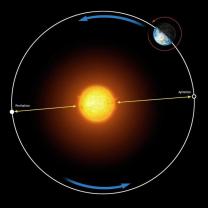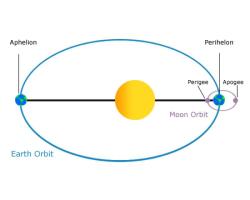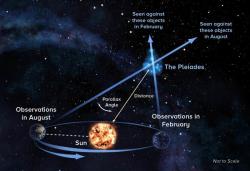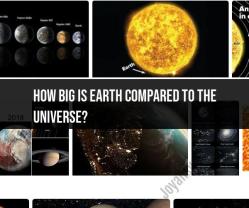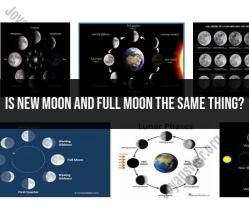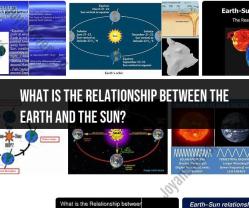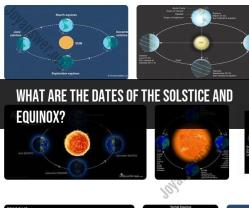What are the dates of the solstice and Equinox?
The dates of the solstices and equinoxes, which mark the seasonal transitions, are as follows:
Spring Equinox (Vernal Equinox):
- Date: Around March 20th or 21st (varies slightly from year to year).
- Occurs when the Sun crosses the celestial equator from south to north.
- Marks the beginning of spring in the Northern Hemisphere and the beginning of autumn in the Southern Hemisphere.
Summer Solstice:
- Date: Around June 20th or 21st (varies slightly from year to year).
- Occurs when the Sun reaches its highest point in the sky in the Northern Hemisphere.
- Marks the longest day and the official start of summer in the Northern Hemisphere and the shortest day and the beginning of winter in the Southern Hemisphere.
Autumn Equinox (Fall Equinox):
- Date: Around September 22nd or 23rd (varies slightly from year to year).
- Occurs when the Sun crosses the celestial equator from north to south.
- Marks the beginning of autumn in the Northern Hemisphere and the beginning of spring in the Southern Hemisphere.
Winter Solstice:
- Date: Around December 21st or 22nd (varies slightly from year to year).
- Occurs when the Sun reaches its lowest point in the sky in the Northern Hemisphere.
- Marks the shortest day and the official start of winter in the Northern Hemisphere and the longest day and the beginning of summer in the Southern Hemisphere.
These dates are approximate and may vary by a day or so depending on the year and your location on Earth. They are based on the Earth's orbit around the Sun and its axial tilt, which causes the changing seasons and the varying angles of sunlight throughout the year.
Dates of the Solstice and Equinox: A Yearly Calendar
Here is a yearly calendar of the solstices and equinoxes for the next few years:
| Year | Vernal Equinox | Summer Solstice | Autumnal Equinox | Winter Solstice |
|---|---|---|---|---|
| 2023 | March 20 | June 21 | September 22 | December 21 |
| 2024 | March 20 | June 20 | September 23 | December 21 |
| 2025 | March 20 | June 21 | September 22 | December 22 |
| 2026 | March 20 | June 21 | September 22 | December 21 |
| 2027 | March 20 | June 20 | September 23 | December 22 |
The Changing Seasons: When Do Solstices and Equinoxes Occur?
The solstices and equinoxes occur on different dates each year, but they typically occur within a few days of the same dates each year. The dates of the solstices and equinoxes vary because of the Earth's elliptical orbit around the Sun.
The vernal equinox, which marks the beginning of spring, typically occurs around March 20th. The summer solstice, which marks the longest day of the year, typically occurs around June 21st. The autumnal equinox, which marks the beginning of autumn, typically occurs around September 22nd. The winter solstice, which marks the shortest day of the year, typically occurs around December 21st.
Marking the Celestial Events: Dates for Solstices and Equinoxes
The solstices and equinoxes have been celebrated by cultures around the world for centuries. They mark the changing seasons and the passage of time. For many cultures, the solstices and equinoxes are also times of spiritual reflection and renewal.
Here are some examples of how the solstices and equinoxes are celebrated around the world:
- Vernal equinox: In many cultures, the vernal equinox is celebrated as a time of new beginnings and rebirth. For example, the Persian New Year, Nowruz, is celebrated on the vernal equinox.
- Summer solstice: The summer solstice is often celebrated as a time of fertility and abundance. For example, the ancient Celts celebrated the summer solstice festival of Litha.
- Autumnal equinox: The autumnal equinox is often celebrated as a time of harvest and thanksgiving. For example, the Jewish holiday of Sukkot is celebrated during the autumnal equinox.
- Winter solstice: The winter solstice is often celebrated as a time of light and renewal. For example, the Christian holiday of Christmas is celebrated near the winter solstice.
The solstices and equinoxes are important astronomical events that mark the changing seasons and the passage of time. They are also celebrated by cultures around the world in a variety of ways.



